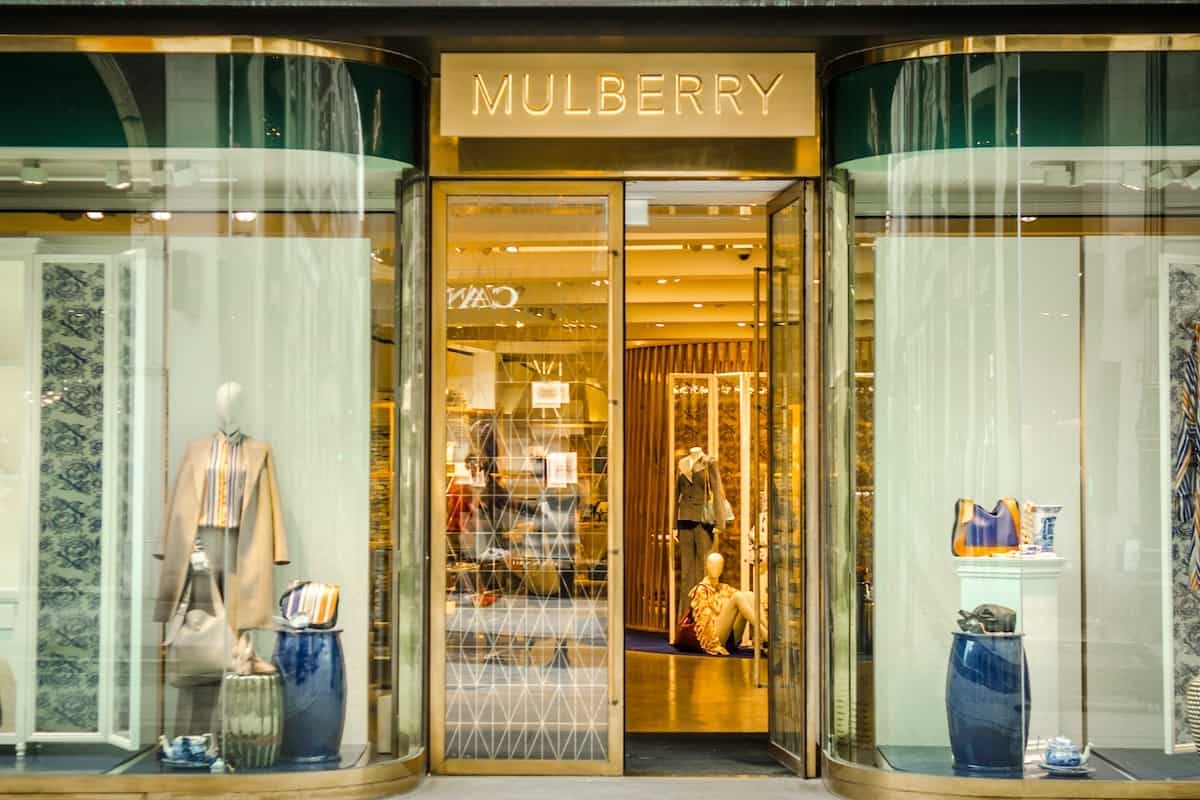Retailers are suffering from increased levels of fraud, most of which is now committed online, the British Retail Consortium (BRC) has said.
This year’s BRC Retail Crime Survey, published today, found retailers warned they expected fraud “to pose the single most significant threat to their businesses over the next two years.” Levels of fraud increased by 12% in 2013-14, with 135,814 incidents reported during the year. Together, they account for 37% of the total £603m cost of retail crime. Some 30% of retailers questioned said fraud, including cyber-enabled fraud, would be the most significant threat in the next two years. That was followed by theft by customers (18%), theft of customer details (15%) and theft by staff (10%).
“Unsurprisingly, given the growth in ecommerce, the majority of fraud is committed online and retailers remain concerned about the capacity of law enforcement to respond effectively,” said the report. “At present only a tiny proportion of fraud cases reported to Action Fraud and sent out for investigation by police forces from the National Fraud Intelligence Bureau result in any action being taken.”
Cyber crime was also up during the year, with most retailers who responded to the survey reporting a rise in cyber-attacks, ranging from denial-of-service to data theft. The BRC report says that Government work underway aimed at preventing and tackling cyber crime needs to be better coordinated, rather than split between departments and agencies. “The creation of a National Cyber Crime Unit in the National Crime Agency was a welcome development, but the retail sector would like to see this unit share more intelligence about emerging cyber threats,” said the report.
At the same time, the value of in-store theft is rising, and this year reached an average of £241 per incident, 36% up on the same time last year – although the total number of such offences fell by 4%. This all helped bring the direct cost of retail crime up to £603m in 2013-2014, through an estimated 3m offences against UK retailers during the year.
While fraud and cyber attacks were up, however, robbery, burglary and criminal damage were all down, although the financial impact of such crimes did not fall by the same extent. “The decline in these ‘traditional’ offence types alongside an increase in fraud could in part be indicative of a shift in criminal behaviour towards internet-based activity,” said the BRC report. “From a criminal’s perspective, committing a crime from behind a computer is likely to be viewed as lower risk than carrying out a robbery, for example.”
Helen Dickinson, director general of the British Retail Consortium , said: “Criminal activity against UK retailers continues to have wide-ranging consequences for businesses, employees and the vast majority of honest shoppers. The average cost to retailers of theft has now reached £241 per incident, the highest in a decade. Fraud committed online also continues to rise.
“It is clear that retailers are facing an increasingly sophisticated criminal. Despite an average investment of £2m per business in crime and loss prevention, retailers need help and support to respond to the threat. Police and Crime Commissioners should follow the lead set by the Mayor of London and work with retailers to develop dedicated business crime strategies to help tackle this growing problem.”
Commenting on the findings, Simon Dukes, chief executive of UK fraud prevention body Cifas, said: “The rise in retail fraud is unsurprising – we know that fraudsters constantly adapt their methods and online shopping has added to the rise of cyber fraud. Retailers are not alone in experiencing increasing levels of fraud. But more than ever before, companies also need to be aware of the risks of insider fraud.
“We know that organised crime gangs will often try to gain access to companies from the inside as well as the outside – through duping unsuspecting and honest staff, using methods like phishing to gain sensitive information, as well as recruiting or planting dishonest employees. We welcome the BRC’s survey and call for action today. The more data we have about the scale and type of fraud – the better we can unite to fight it.”








